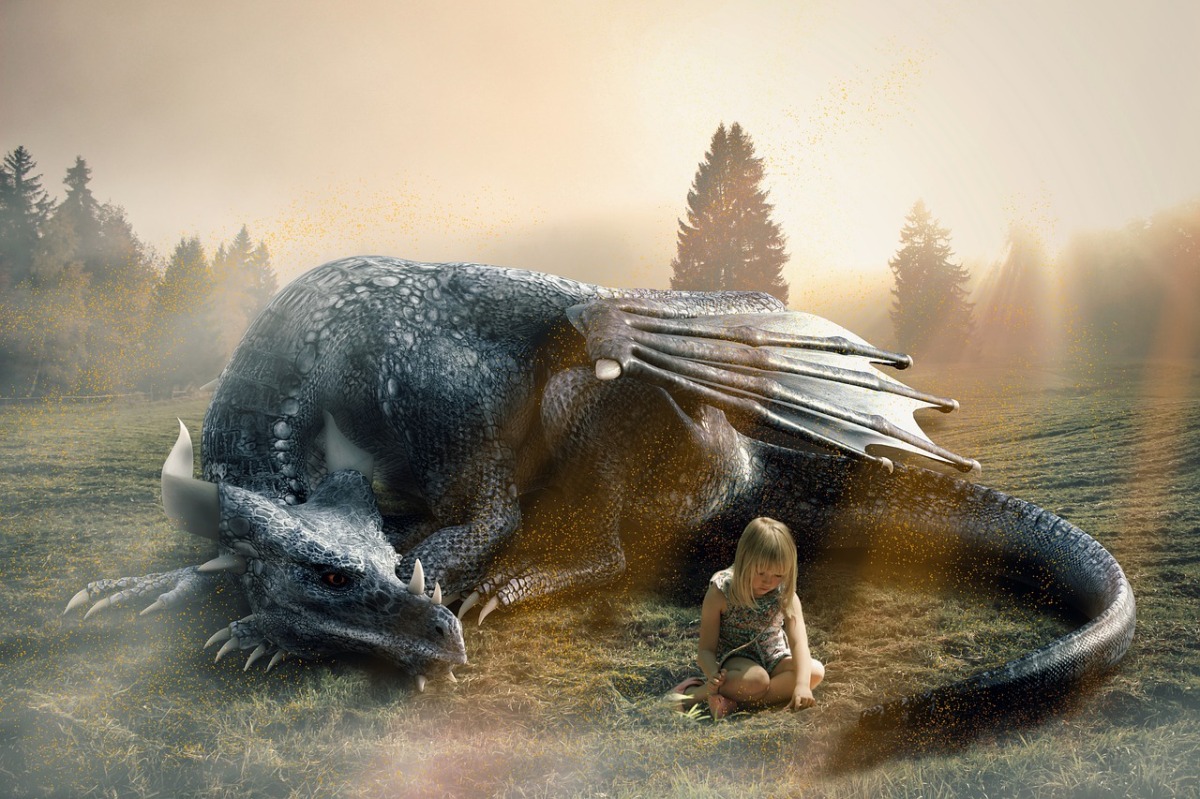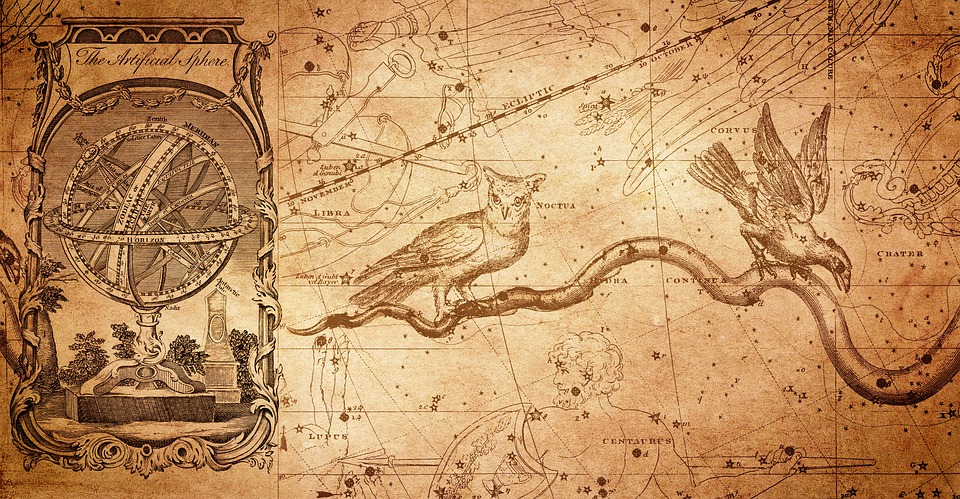Region: Wales
Time Period: Unknown
References in Literature: None Known
Sources: Giants, Monsters and Dragons pg 161, Mysterious Britain
Tag: Wales
Draig
Region: Wales
Time Period: Unknown
References in Literature: None
Sources: Dict
Arawn
Chthonic underworld god. Celtic (Welsh). The leader of the phantom hunt seen chasing a white stag with a pack of red-eared hounds. He equates with GWYNN AP NUDD, a similar deity known in South Wales. His chief underworld opponent is Hafgan and he bribes PWYLL, prince of Dyfed, to challenge Hafgan in exchange for a gift of pigs.
Beltane: Its History and Modern Celebration in Wicca in America
by Rowan Moonstone
The celebration of May 1st, or Beltane as it is known in Wicca Circles, is one of the most important festivals of our religious year. I will attempt here to answer some of the most often asked questions about this holiday. An extensive bibliography follows the article so that the interested reader can do further research.
- Where does the festival of Beltane originate?
Beltane, as practiced by modern day Witches and Pagans, has its origins among the Celtic peoples of Western Europe and the British Isles, particularly Ireland, Scotland and Wales.
Continue reading “Beltane: Its History and Modern Celebration in Wicca in America”
Annales Cambriae
by Brian Edward Rise
The “Annals of Wales.” Latin history from the 10th century which follows the Historia Brittonum in the main body and compiled from previous chronicles, mostly Irish, and alludes to Arthur twice. It takes the form of a table spanning 533 years. Events are written next to some of the dates starting with a “Year One” at 447 CE. The first British entry is at Year 72 (approx. 518 CE). It makes note of, “the battle of Badon, in which Arthur carried the cross of Our Lord Jesus Christ for three days and three nights on his shoulders, and the British were victors.”
Caerleon
by Brian Edward Rise
A small town in Wales, County Gwent, alongside the River Usk containing the ruins of a Roman legionary fort and amphitheater. The name means “City of the Legion” in Welsh so it has been claimed that Caerleon is the location of Arthur’s ninth battle in the Historia Brittonum although others say that Chester is the location meant in the context of that text.
Buelt
by Brian Edward Rise
Name of an ancient regional division of Wales. A pile of stones in Buelt is mentioned in the “marvels” addendum to the Historia Brittonum. The stone on top of this pile is imprinted with a dog’s paw-print supposedly left by Arthur’s dog, Cabal. The Welsh Culhwch and Olwen tells a tale of the hunting of the boar Trwyth where the dog marks the stone. Arthur then builds a cairn with that stone on top and he names it Carn Cabal. The strange thing about it that makes it a “marvel” is that the printed stone cannot be removed for more than a day. It always reappears on top of the pile.
Boudica’s last battle – the possibilities compared
Introduction by Bob Trubshaw
Generations of schoolkids have been brought up on the fateful battle of Boadicea against the Roman army. Modern historians would prefer to spell her name Boudica – which means ‘Victoria’ in British Celtic languages – but they have little evidence to offer for the site of the fateful encounter. Nevertheless, a number of suggestions have been put forward. At the beginning of this year, as a result of helpful ‘intervention’ by Philip Heselton, I was approached by Broc Beag who had discovered little-known references to Boudica’s last battle being in north Wales. This is mostly nineteenth century antiquarian speculation and much of the ‘evidence’ relies on regarding bronze age burial mounds and Anglo-Saxon cross shafts as contemporary with the Roman invasion but, nevertheless, suggests that there is a deep-rooted local tradition for Boudica’s battle being in this vicinity.
Continue reading “Boudica’s last battle – the possibilities compared”
THE WELSH DRAGONS
Wales is symbolized by a red dragon. In the Mabinogion the tale of Lludd and Llewelys speaks of the struggle between this red dragon and the white dragon. It was long ago in the days of the Saxon invasions that this story takes place and it is no wonder that the white dragon is the invader, the Saxons, come to battle the red. As the symbolic struggle comes to a close, the two opposing dragons become drunk with mead. It is in this drunken state that they are both buried in a large stone coffin and placed to rest in the center of the island of Britain. The story goes that so long as the pair remain buried beneath Oxford the island will be protected from invasion.
Branwen
by Amy M. Durante
The Celtic goddess of love and beauty. Also of Manx and Wales. She is the sister of Bran the Blessed and Manannan mac Lir, daughter of Lir, and wife of the Irish king Matholwch. She is similar to the Greek goddess Aphrodite and the Roman goddess Venus.








